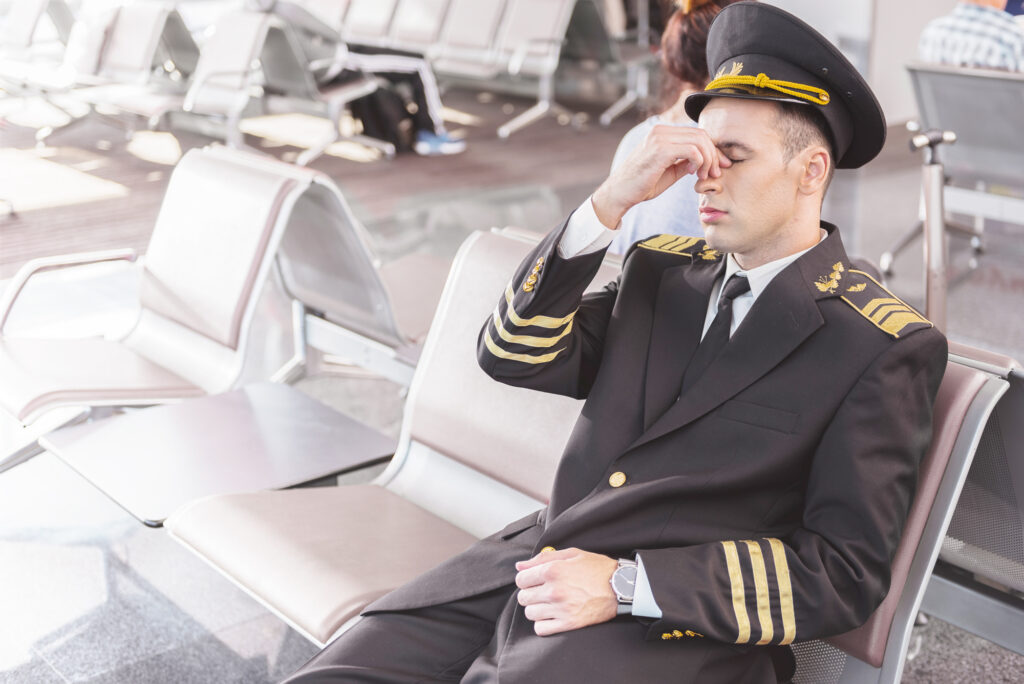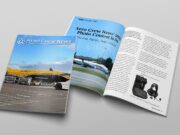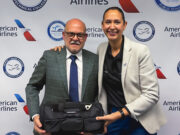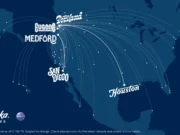
As an Air Liaison Officer who spent substantial time with the U.S. Army during my service in the Air Force, I became well acquainted with the jargon the Army uses in their operations orders. Two of my favorite terms were sequels and branches. Sequels are what you might expect. When a ground unit completes the objective assigned to them in the operations order, a sequel would be a subsequent objective that continues the commander’s intent. A branch, on the other hand, is a contingency plan that must be executed during the operation because of enemy action or unexpected circumstances. While this article might be considered a sequel, a logical follow-on, to one of the topics in my last article dealing with the commoditization of quality of life, it feels like more of a branch given that I seem to continually encounter a situation that I have come to despise and must address – the one-aircraft/two-pilot operation.
The first time I encountered this construct was in one of my first business-aviation jobs, back in the mid-2000s. I had been working as a G-IV captain on a roaming charter aircraft. The jet had two full crews and there was a set schedule. But the owner decided to sell the aircraft and I found myself recruited to build a G-IV operation for the son of a Saudi sheik. He had purchased the aircraft from a well-known oil company and needed a crew and operational procedures to get the aircraft up and running as soon as possible. The person who recruited me was a charter broker who was attempting to break into the aircraft management business, and the new owner was one of his charter clients. I helped stand the operation up, pushed the letters of authorization through the local FAA office, wrote the operations manual and hired one of my best friends to fly with me. We were off to the races and began to fly – from Miami to Los Angeles, New York, London, Bahrain, Abu Dhabi, and repeat. It soon became apparent that the new owner had no intention of hiring additional crew and I approached the aircraft manager to discuss the subject. To told him that we needed at least one additional pilot so the other pilot and I could have some sort of schedule, i.e. a life. The answer I received went something like: “He’s paying you a good salary, right? This is your job. You need to be available.” I was out of there two months later.
The next time I encountered the situation was my last full-time job in the industry. On the advice of a friend, I accepted a position as a captain on a Falcon 900EX based in the DFW area and overseen by a new management company. The crew would consist of another pilot and me. By this time, the AirComp Calculator was growing, and I made it clear that I would need scheduled time off to run my business and attend industry events. I was assured that wouldn’t be an issue. “They don’t fly that much,” my friend had told me. “And all the flights are scheduled well in advance. It should be a perfect fit.” I should have known better. While the owners didn’t fly many hours, they did stay away for several days at a time and required that the crew remain with them. New trips would show up with little notice and changes to days and departure times became common. I followed the management company’s paid-time-off procedures and requested the days off I needed well in advance, including a week off for my marriage and honeymoon. Miraculously, only one contract pilot day was required during my absences. But it seemed the owners were unhappy because I was asking for “so much time off” – even though I had complied with the management company’s PTO program. I questioned the friend who had recruited me, and his reply was impatient and terse. “It doesn’t matter how many days you missed or didn’t miss; they’re paying for your availability and when you’re not available they don’t like it.” Fortunately, the AirComp Calculator had reached a level where I didn’t need a day job any longer, so I had the ability to give my notice and depart.
Those are my two experiences, but they are a small fraction of the population. On a regular basis, I interact with pilots and aviation managers who find themselves in similar circumstances. Two pilots, one aircraft, no schedule, and owners who have no intention of either hiring a third pilot or even funding a budget for contract pilot supplementation. In some cases, like mine, situation is a function of either greed or lack of expertise on the part of the management company, in others it’s a function of the owner’s stubbornness or ego. But in both cases, it’s wrong.
Here are some realities for those on both sides of the equation in these situations.
For those on the hiring/management/ownership side:
- Pilots have other options, especially in today’s personnel marketplace. If you put them in a situation where they can’t plan their lives, they’ll find one where they can. And no, money won’t always solve the problem. I have a good friend who left a job flying a G-600 and making more than $300,000 because the owner wouldn’t allow him to schedule one weekend off per month.
- Replacing pilots who leave won’t be easy. One of the first questions pilot candidates ask potential employers these days is, “What does the schedule look like?” If there isn’t one, and the staffing level is such that their lives won’t be predictable, the candidates will look elsewhere.
For those on the pilot side:
- Loyalty is a two-way street. If your employer won’t allow you to plan your life, they’re taking advantage of you, not being loyal to you. Don’t waste your loyalty on someone or something that doesn’t repay in kind. There are plenty of other jobs out there.
- Learn to say no. You’re not doing yourself, your fellow pilots, or the industry any favors by allowing yourself to be walked upon. I recently spoke with a potential client who was an attorney who ran the LLC that contained an aircraft owned by a notable high net-worth individual (HNWI). Of course, the HNWI-owner in question had only two pilots and refused to hire a third even though the attorney, to her credit, had advised the HNWI to do that, multiple times. “The darn pilots need to say no sometimes,” the attorney told me, “That’s the only way we’ll get a third pilot hired. But they always say yes, no matter what’s going on in their lives. It’s just not right.” If you don’t learn to say no, part of your scheduling problem lies in the mirror. If you won’t stand up for yourself, don’t complain about your circumstances.
I often say that I’m not a fan of labor unions, but I understand why they exist. It is situations like this that provide the circumstances for collective bargaining. And maybe, that’s what it will take.
Broyler out.















































